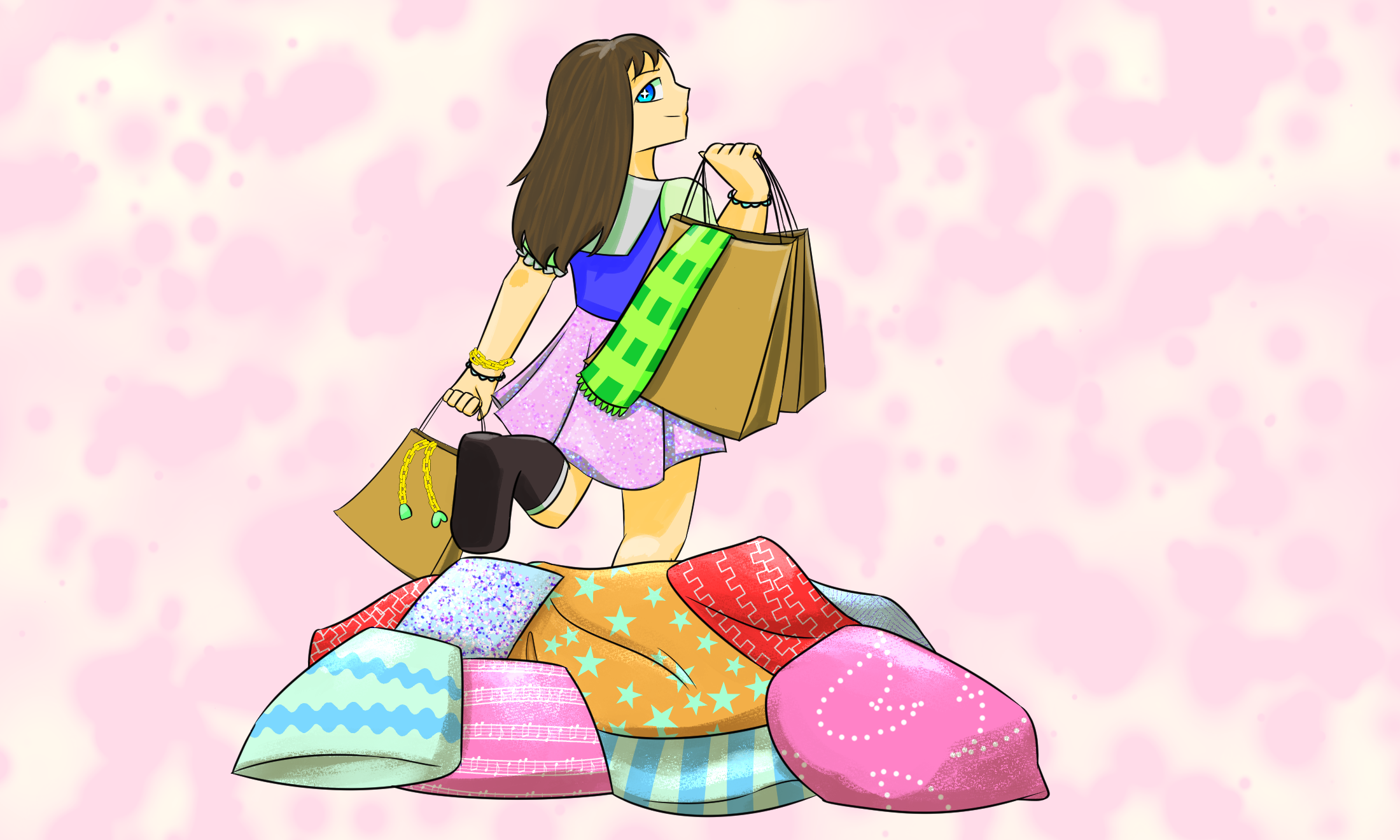Many of us have probably complained about Georgetown’s lack of thrift shops at some point during our time as students here. We certainly have. Especially for the “broke college student,” thrifting purports to provide a sustainable, inexpensive alternative to first-hand shopping. Yet, aside from Reddz Trading consignment store on Wisconsin Avenue NW, there are no thrift stores or affordable clothing options around Georgetown (nor are there many in the D.C. area as a whole). But maybe opening a thrift store in Georgetown isn’t actually the best idea—the last thing this already-gentrified neighborhood needs is yet another pricey shop for rich people.
Major thrift stores such as Goodwill and Salvation Army were established during the Progressive Era with charitable intentions, seeking to provide retail goods and social services to low-income populations and those deemed in need. Thrifting became a means of salvaging and redistributing possessions that individuals threw away, particularly as the population density of urban spaces spiked dramatically. However, thrifting also touts a more complicated past than we may initially realize. Jewish immigrants in the United States became the first suppliers of secondhand clothing, using pushcarts as a form of self-employment in light of antisemitic discrimination. Though this practice initially stigmatized the concept of secondhand shopping, Christian mission programs co-opted this idea and officially opened what we now know as thrift shops. The mission programs offered affordable clothing to communities in need, but still appropriated the source of income from the American Jewish community.
Since then, thrifting has continued to embrace the notion of moral consumerism while simultaneously taking on a chic, ostentatious new reputation. Within the past decade, thrifting has transformed into a $28 billion industry and has expanded from traditional venues into vintage resale stores and online marketplaces like Depop and Poshmark. Here, vendors are presented with the opportunity to significantly upcharge their clientele as they meticulously curate both trendy and nostalgic collections. In some ways, this is a positive development—a means of promoting recycling and eco-conscious purchases. Yet, thrift shopping has transformed from a necessary resource for lower-income communities to a game appropriated by young, upper-middle-class “entrepreneurs.” As such, modern thrifting strays from its original purpose: individuals compete to find unique items first and view thrifting as a means of producing profit.
Given the overwhelmingly affluent demographics of both Georgetown University and the surrounding neighborhood, opening a thrift store in the area would inevitably serve as little more than part of a Depop seller’s supply chain rather than a resource chiefly for people seeking affordable clothing options. The recent “It Girl Thrift” pop-up store on M Street NW—a so-called “thrift store” marketed toward people who thrift to pursue the trendy “It Girl thrifter” aesthetic—confirms these suspicions. It is important to remember that, despite the overall affluence of the area, there are people both on campus and in the greater Georgetown community who rely on services like thrift stores for affordable clothing. The complete absence of an economic option would exacerbate gentrification and continue to force unhoused, low-income, and unemployed people out of the area. As such, we recognize that the eradication of this resource without a sound alternative would come with severe consequences.
Of course, many Gen Zers who thrift, including ourselves, do so because it serves as a more ethical alternative to the fast fashion industry, notorious for its workers’ rights abuses and deleterious impacts on the environment. However, regardless of our reasons for thrifting, thrift shops across the country have been forced to raise their prices to match the heightened demand for secondhand clothes, on top of the already burdensome inflation patterns of the past few years. Under a capitalist economic system, our attempt to be more ethical consumers has serious limits. Even when we try to undermine the fast fashion industry, we inadvertently become complicit in making secondhand shopping less accessible to the communities who rely on it most.
In an ideal world, there would be no fast fashion industry, no inflation patterns, and even no class stratification that necessitates the existence of thrift shops in the first place. However, until we are able to alter the oppressive socioeconomic systems presently in place, must thrifting remain our most ethical option for shopping?
Community clothing banks and exchanges are an example of a more sustainable and financially equitable alternative to the thrift stores that currently exist. Since these exchanges can take place in public spaces, they eliminate the need to account for overhead expenses (e.g. rent and utility bills) that rise when inflation strikes. This would establish a means of procuring a new wardrobe through a system that emphasizes a unique sense of camaraderie—a stark departure from the present, consumer-based economic model. As opposed to a system that posits monetary exchanges as the only option, community clothing banks are designed to encourage individuals to be more altruistic. Here, we prioritize the well-being of our neighbors and learn to rely on one another in a mutually beneficial manner.
Of course, community clothing exchanges are not a fix to any of the structural injustices we have mentioned. However, in light of the challenges of this decade’s thrifting boom, such exchanges act as a form of community aid that benefits all participants. People who seek out secondhand clothing for environmental and ethical reasons are able to do so without making the resource less accessible to communities that rely on it to survive.
At the same time, there’s a case to be made for just holding on to, repairing, and upcycling the clothing you already have. Of course, we encourage you to look out for others and donate whenever possible. The rise of fast fashion has generated swarms of microtrends, from cow-print pants to House of Sunny cardigans, encouraging rapid purchases to keep up with popular style. Yet, if we simply choose to love the items we already have, we can develop a sense of individual style while simultaneously avoiding contributing to the fast fashion industry. Truly, this is the most sustainable option of all.





